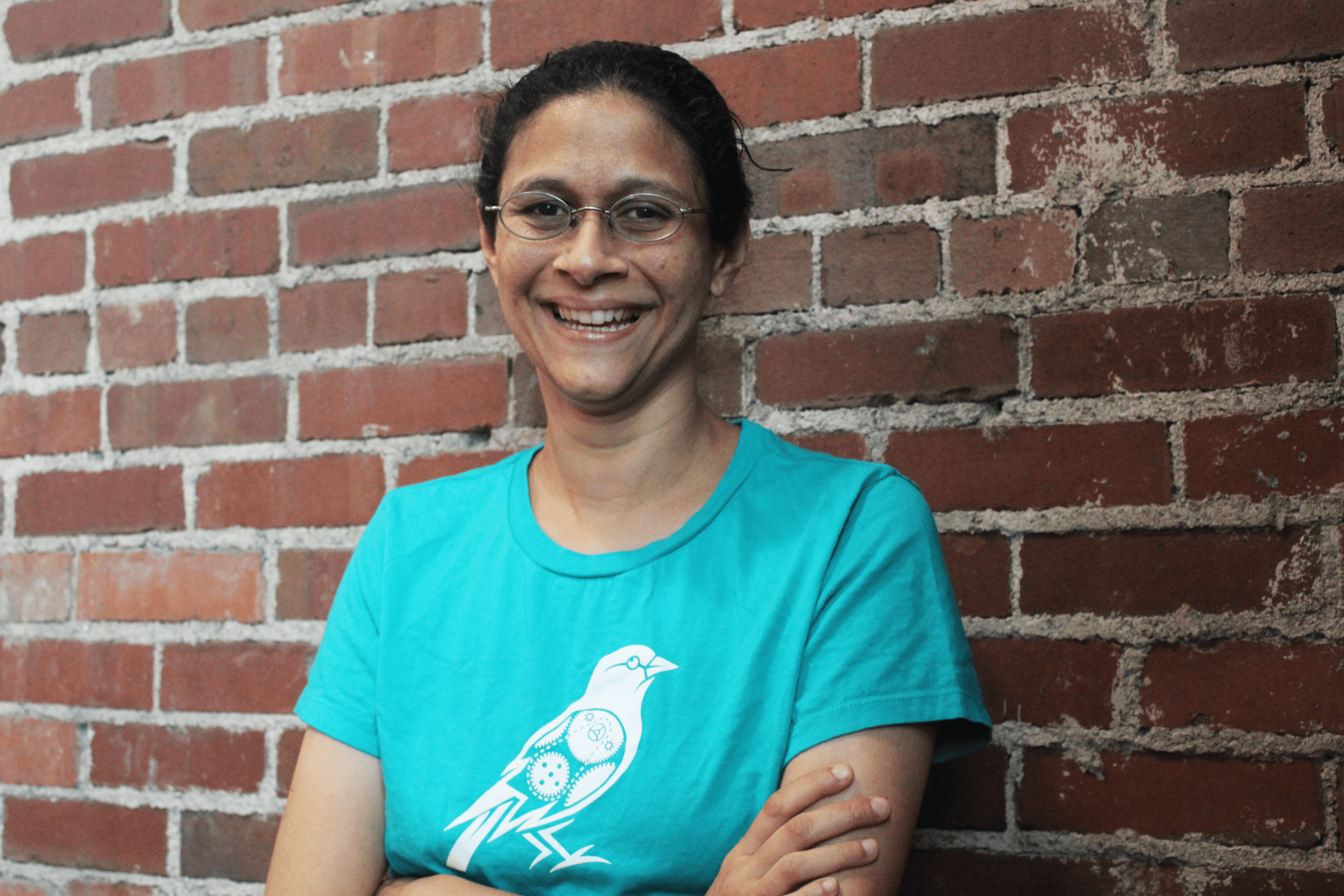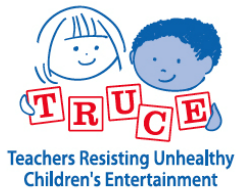| |  | Farewell to Channel One! Big news: after 28 years, the nation’s most insidious in-school marketer is no more! Channel One News has pulled the plug on its “newscasts,” which delivered commercials and other corporate programming to classrooms every day. Channel One exploded onto the scene in 1989, offering cash-strapped schools free televisions and VCRs in exchange for showing a twelve-minute broadcast – with two minutes of ads – every day. Though purportedly about engaging students in current events, the real purpose was commercial. Former Channel One President Joel Babbit once boasted, “The advertiser gets kids who cannot go to the bathroom, cannot change the station, who cannot listen to their mother yell in the background, who cannot be playing Nintendo.” Over the course of a year, students in Channel One schools lost an entire week to the broadcast – and an entire instructional day to the ads alone. Advocates across the political spectrum, from Ralph Nader to Phyllis Schlafly, decried Channel One’s exploitation of a captive student audience. Research showed that the “news” on Channel One was often fluff pieces about pop culture, that Channel One cost American taxpayers nearly $2 billion per year, and that kids in low-income school districts were more likely to be forced to watch the commercialized broadcasts. Over the years, CCFC organized parents to keep Channel One out of school districts and urged advertisers to avoid the controversial network. Jim Metrock, a CCFC supporter and president of the watchdog organization Obligation, Inc., worked tirelessly to enlighten the public about the practices and impact of Channel One, and how it was operated in secrecy despite being shown in public schools. As educators woke up to the fact that Channel One was exploiting students, the network’s audience steadily declined from a high of 8 million students in 1997. Brands were afraid of being called out for advertising on the network, and Channel One limped along with few major advertisers. Finally, this summer, Houghton Mifflin Harcourt shut it down. Channel One’s demise is long overdue, and sends a loud and clear message: marketing doesn’t belong in schools! | |  | Welcome, Aparna! CCFC is thrilled to welcome Aparna Brown to our Board of Directors! Aparna holds a Ph.D. in Developmental Neuroscience from Stanford University and is the Manager of Strategic Initiatives for BirdBrain Technologies, an educational robotics company that spun out of Carnegie Mellon University's Robotics Institute. She oversees BirdBrain’s philanthropic efforts, including a robot loan program which has reached over 135,000 students who might not ordinarily have the opportunity to learn computer science as part of their typical classroom experience. Before joining BirdBrain, Aparna spent 8 years at home raising a child as commercial-free as possible. For years, Aparna and her family have supported CCFC, “so all children can lead lives that are less commercialized, less invaded by advertising, less sexualized, and less corporatized.” Welcome, Aparna! | | |  | Policies to Protect Kids CCFC is urging the Federal Communications Commission (FCC) to reconsider their plans to weaken decades of protections for children. Current FCC rules, which have been in place since 1996, require broadcasters to provide quality educational programming for kids. The changes under consideration would remove this requirement. CCFC and nine other advocacy groups have sent the FCC a letter, calling the proposed revisions “a wish-list for broadcasters which does nothing to serve the needs of children.” CCFC has also endorsed important new legislation, the Children and Media Research Advancement (CAMRA) Act. CAMRA would provide much-needed funding to study the effects of technology and media on infants, kids, and teens. | | | | Upcoming Webinars Save the date! The Children’s Screen Time Action Network is offering three exciting webinars this fall. September 10: Matt Miles and Joe Clement will discuss their book Screen Schooled and offer practical advice to educators and families who are concerned that device overuse in schools is getting in the way of student health, happiness, and achievement. October 15: Filmmaker Joni Siani will host a virtual screening of her film Celling Your Soul, followed by a Q&A with the filmmaker and her subjects. November, final date TBD: Nancy Carlsson-Paige will offer an in-depth look at how screens in early childhood can interrupt crucial developmental milestones. Registration opens soon! | | | |  | Looking Ahead to Screen-Free Week Our next Screen-Free Week kicks off April 29, 2019! Though that might feel far away, now is the perfect time to bring Screen-Free Week to your community. Schools, libraries, state and national parks, recreation centers, nature centers, and children’s museums are planning their 2019 calendars – why not share Screen-Free Week with those in your community you’d like to see celebrate? Or invite them to contact us for ideas, inspiration, and more information. For schools especially, Screen-Free Week offers a unique opportunity to inspire thoughtful discussion about digital media use. Students can reflect on how they use screens, do research about health and device use, and explore how they can change the way they use devices. One educator in Michigan has even turned Screen-Free Week into a curriculum! | | |  | Teen Media Use Linked to ADHD Symptoms An important new study has found that digital media consumption is linked to ADHD symptoms in teenagers. Researchers followed more than 2500 students over two years, asking questions about their digital media habits and screening for ADHD symptoms. None of the students had ADHD symptoms at the beginning of the study. By the end, students who used more media more frequently were more likely to develop symptoms like finding it difficult to stay organized or complete tasks. According to researchers, teens who are constantly pinged and prodded by notifications “may lose their ability to focus and stay engaged in tasks like schoolwork for long periods of time.” And binge-consuming video and other content could “interfere with the development of patience, impulse control, and the ability to delay gratification.” | | |  | Featured Resource Our friends at TRUCE have released their latest play guide! The Infant & Toddler Play and Toy Guide will help parents and caregivers see through the hype of gimmicky toys and gadgets that claim to be educational. In reality, these toys can displace the open-ended play that’s so important to kids’ development. The guide offers concrete ways teachers and parents can support the quality, creative play that helps build relationships, creativity, critical thinking, physical and social development, and so much more. Plus, it’s fun – so get playing! | | | | | | | | | Contact Us
Campaign for a Commercial-Free Childhood
89 South St., Suite 403
Boston, Massachusetts 02111
617-896-9368
ccfc@commercialfreechildhood.org | | | | | | | | | |